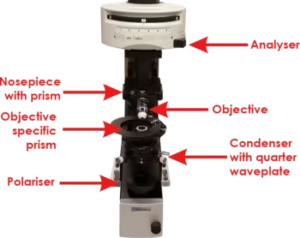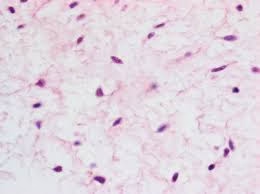
Introduction An interference microscope is an advanced optical instrument that utilizes the principles of light interference to enhance image contrast and measure minute variations in surface topology, thickness, and refractive Read More …
Simplifying Allied Health Learning.

Introduction An interference microscope is an advanced optical instrument that utilizes the principles of light interference to enhance image contrast and measure minute variations in surface topology, thickness, and refractive Read More …

Introduction Identification of mineral pigment stains is inorganic substances that accumulate in tissues due to various physiological, pathological, or environmental processes. In histopathology, the identification and demonstration of these pigments Read More …

Introduction Connective and other mesenchymal tissues with their stains is one of the four fundamental tissue types in the body, alongside epithelial, muscular, and nervous tissues. It is primarily responsible Read More …

Introduction Carbohydrates play essential roles in biological structures and functions. Staining techniques are used to detect different carbohydrate classes, including neutral mucopolysaccharides, acid mucins, and glycogen. Special Stains for Read More …

Introduction Amyloid refers to a group of abnormally folded protein aggregates that accumulate in tissues, leading to amyloidosis. Detecting amyloid deposits in tissues is crucial for diagnosing amyloidosis and understanding Read More …